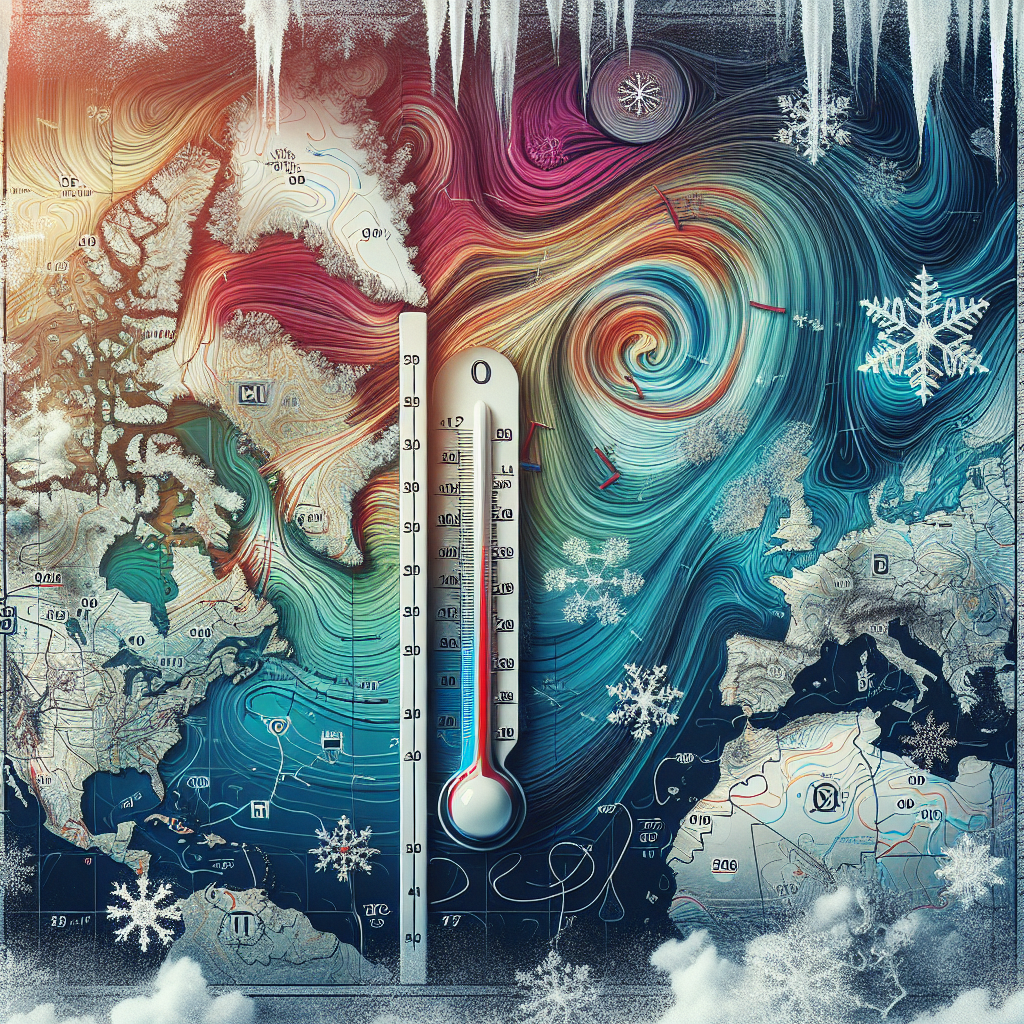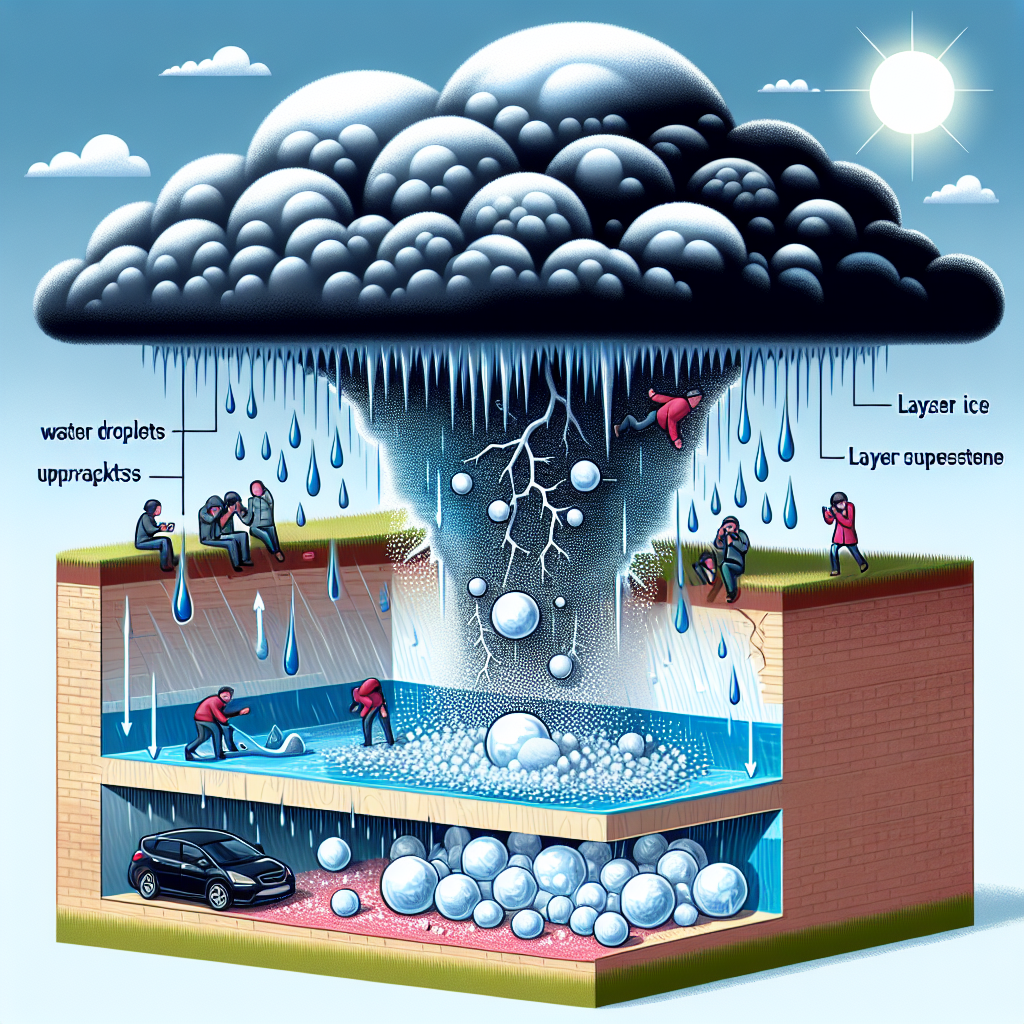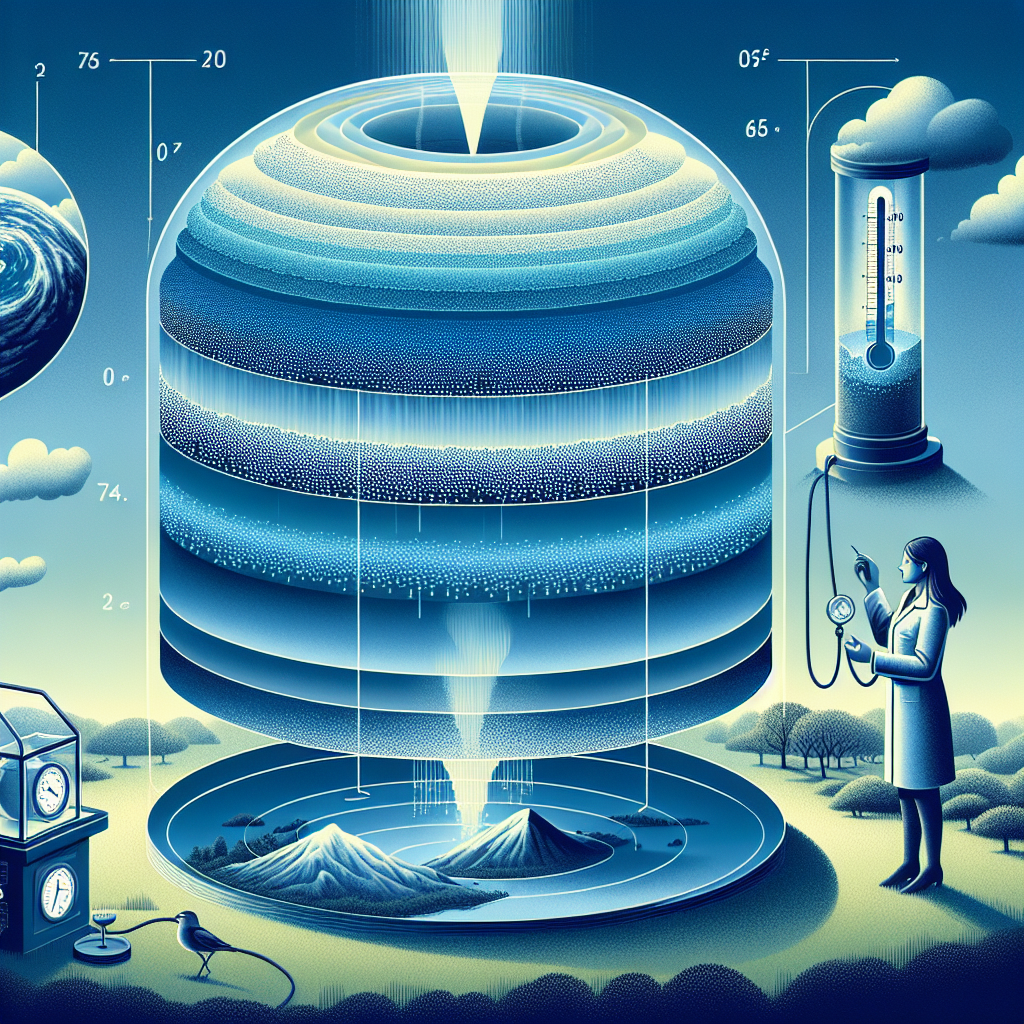Understanding Hail Formation
Hail is one of nature’s most fascinating and destructive phenomena, often leading to significant damage to crops, vehicles, and infrastructure. To comprehend hail’s formation, it’s essential to grasp the basics of thunderstorm development, atmospheric conditions, and the essential processes that lead to hail’s creation.
The Basics of Thunderstorms
Hail forms within strong thunderstorms, specifically those known as supercells. A supercell is a highly organized and long-lived thunderstorm characterized by a rotating updraft called a mesocyclone. For hail to develop, certain atmospheric conditions must be met, including moisture, instability, and lift.
Key Conditions for Hail Formation
Moisture: Sufficient moisture in the atmosphere is crucial. This moisture often comes from the evaporation of water bodies, creating a warm, moist air mass. As this air rises, it cools and condenses, providing the necessary water content for hail formation.
Instability: Atmospheric instability occurs when warmer, moist air near the surface rises through cooler, drier air above it. The greater the temperature difference, the more unstable the air becomes, allowing for robust vertical development in thunderstorms.
Lift: The lifting mechanism can be provided by various forces such as a cold front, dry line, or geographical features like mountains. Once the moist air is lifted, it cools significantly, leading to the formation of clouds and precipitation.
The Process of Hail Formation
The formation of hail involves several steps that occur within the updraft of a thunderstorm:
Nucleation: Hailstones begin as small ice pellets, known as “nuclei,” which form when supercooled water droplets (liquid water below freezing) come into contact with freezing ice particles. This process commonly occurs in colder regions of the cloud.
Growth by Collision: Once formed, these small ice pellets are swept upward by the intense updrafts within the thunderstorm. As they ascend, they encounter more supercooled water droplets, which freeze upon contact, causing the hailstones to grow larger.
Layering: As hailstones are caught in the updrafts and downdrafts of the storm, they repeatedly circulate within the cloud. During this cycle, they gain layers of ice, leading to the characteristic concentric rings found in larger hailstones.
The Fall: Eventually, the hailstone becomes too heavy for the updrafts to support, and it falls to the ground. The size of the hailstone upon impact depends both on the strength of the updraft and the duration it spends within the storm cloud.
Factors Influencing Hail Size
Several factors influence the size of hailstones, making this weather phenomenon variable:
Updraft Strength: Stronger updrafts can support larger hailstones, allowing them to grow longer before falling. This strength is typically measured in m/s and can vary based on the severity of the storm.
Humidity Levels: Higher humidity levels allow for more supercooled water droplets to be available, contributing to larger hail formation.
Temperature Profiles: The temperature of the cloud as well as the atmospheric profile plays a crucial role in hail development. Cold air aloft coupled with warm air near the surface is often conducive for hail production.
Geographic Regions Prone to Hail
Hail is most common in regions characterized by severe thunderstorms, particularly in the Midwest and Southern United States, in areas colloquially known as “hail alley.” The geography of these locations, with broad flat plains, allows for the necessary conditions for supercell formation to thrive.
Impacts of Hail Formation
Agricultural Damage: One of the most immediate effects of hail is the destruction of crops. Even small hailstones can bruise and damage sensitive plants, leading to reduced yields.
Insurance Claims: Hail-related damage leads to substantial insurance claims, which can cause economic stress for agricultural sectors and homeowners. This impact underscores the need for robust weather forecasting to help mitigate losses.
Infrastructure Damage: Hail can also severely damage vehicles, roofs, and other structures. In urban areas, the accumulation of large hailstones can pose risks to public safety and infrastructure integrity.
Weather Patterns Understanding: Studying hail formation provides meteorologists with valuable insights into severe weather patterns, improving forecasting models and early warning systems that can save lives and property.
Conclusion
Understanding how hail forms is essential for mitigating its effects and enhancing our overall understanding of weather systems. By examining the dynamics of thunderstorms, the conditions needed for hail formation, and its impacts, we can better prepare for and respond to this severe weather phenomenon.

















